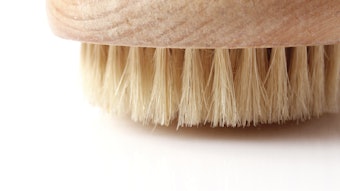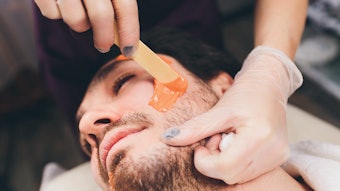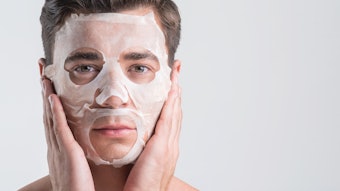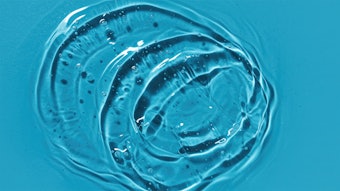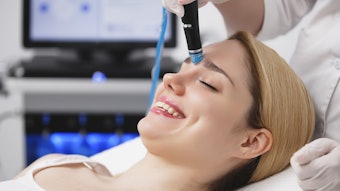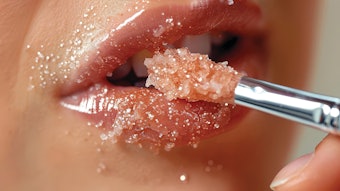When Cimeron Morrissey was suffering from shingles, a painful disease that attacks nerve fibers, she found that traditional painkillers didn’t work for her. She then turned to alternative medicine and massage therapy for relief. “It felt like swarms of wasps were stinging me every 30 seconds; it was excruciating, and I couldn’t sleep for days,” Morrissey recalls. “Because Vicodin* wasn’t working for me, my physician recommended acupuncture and massage therapy, which measurably reduced the pain and stress on my body, finally allowing me to sleep.”
Morrissey represents a growing number of people who are utilizing massage therapy to improve their health and to help them feel better. A study from the American Massage Therapy Association (AMTA) indicates that in 2004, 47 million Americans received a massage. More than 21% discussed massage therapy with their physicians, and, among those, 60% were advised by their physician to seek out massage as a form of therapy.
Researching the effects
To examine whether massage provides clear evidence of physiological benefits, researchers, physicians and practitioners have been busy studying its effects. Because the impact of these analyses may have far-reaching implications for health care, the United States Department of Health & Human Services’ National Institutes of Health (NIH) and National Center for Complementary and Alternative Medicine (NCCAM) both have funded research. The findings from several studies have begun to emerge, illustrating a range of massage therapy benefits, from pain reduction and improved immune function to the alleviation of the symptoms of depression.
To ensure that there is more study completed in this field and that it reflects massage therapy as practiced, the Massage Therapy Foundation (MTF) established a research agenda. It also is funding studies on the safety and efficacy of massage therapy, the physiological—or other—mechanisms by which massage therapy achieves its effects, massage from a wellness paradigm and the profession of therapeutic massage.
In 2004, the MTF funded an ongoing study to assess the effects of lymphatic-circulatory massage on wound-healing, specifically for patients undergoing coronary artery bypass grafting. In this procedure, surgical site complications and the need for extended treatment are frequent.
“Pain is another key focus for massage therapy research,” says Diana Thompson, MTF president. “Because we still are scratching the surface of massage and research, there is much room for discovery. There is promise in all of the many studies being done around the world. Some will tell us the role of massage therapy in both the prevention and treatment of mainstream health problems and even substance abuse; some will tell us when massage is safe or not; and some will tell us exactly how massage produces physiological benefits.”
Breast cancer and massage
A perfect example of the importance of further research into massage therapy is evidenced in a recent study conducted by Tiffany Field, PhD, executive director of the Touch Research Institute (TRI) at the University of Miami Miller School of Medicine in Miami. The study, funded by Biotone, a massage and spa product supplier, focused on the effects of massage therapy on breast cancer patients. Field concluded that massage therapy increases the number of natural killer cells (NK cells) that are known to destroy cancer cells, bolstering immune function.
Breast cancer patients in the early stages of the disease participated in this study. One group received 20-minute massage therapy twice a week for five weeks; others in a control group received no massage therapy. At the end of the five-week period, blood tests indicated a statistically significant 11% increase of NK cells among massage recipients.
Although dramatic in its implications, the TRI’s breast cancer research represents just one of more than 90 studies it has conducted that have determined the positive effects of massage therapy on physical functions and medical conditions. Other research has shown that massage improves sleep patterns and decreases pain, fatigue, anxiety, depression and stress hormone (cortisol) levels in adults with fibromyalgia1 and decreased diastolic blood pressure, and reduces anxiety and cortisol levels in adults with hypertension.2 It also has been found that glucose levels of diabetic children decreased to the normal range after just one month of receiving massage.3
An increasing acceptance
Dale Healey, DC, dean of the School of Massage Therapy at Northwestern Health Sciences University (NWHSU) in Bloomington, Minnesota, believes that there has been a dramatic acceptance of massage therapy as part of patients’ health care treatment.
“Medical doctors speak and breathe research,” Healey notes. “Right now, physicians increasingly are referring patients to massage therapy because they see the clinical results. Patients feel better, have less pain and sleep better. However, physicians still are seeking to build their own body of evidence.”
To create a healing environment and an integrative medical practice, NWHSU’s School of Massage Therapy and Abbott Northwestern Hospital’s Institute for Health and Healing (IHH) in Minneapolis teamed up to create a massage therapy program for hospital patients.
“Our goal is to provide data that proves massage therapy has an impact on the length of a hospital stay, as well as on the costs associated with pain management,” explains Lori Knutson, IHH director. She adds, “We have seen a positive response from physicians—so much so that we’re developing treatment protocols as a result.”
John Dugie, DC, a chiropractor from Albuquerque, New Mexico, also notices an increase in fellow practitioners who are including massage therapy as part of their physiotherapy modality. According to Dugie, “As more research comes into the picture, I’m seeing the younger generation of physicians viewing the patient more holistically.”
Barbara Kline Hammond, founder of The Day Spa at Serenity Gardens in Corrales, New Mexico, also sees more clients coming in whose physicians are recommending massage on a regular basis for muscle relaxation and improved circulation. Hammond, herself a cancer survivor, is glad to see this trend. “I know firsthand that there’s a lot of healing involved through touch,” she says. Today, many physicians and spa professionals alike agree that this belief is one that can—and will—be proven by further extensive research into the area of massage therapy and its effects.
REFERENCES
1W Sunshine et al., Fibromyalgia benefits from massage therapy and transcutaneous electrical stimulation. Journal of Clinical Rheumatology(2), 18-22 (1996)
2M Hernandez-Reif, et al., High blood pressure and associated symptoms were reduced by massage therapy. Journal of Bodywork and Movement Therapies (4), 31-38 (2000)
3T Field, et al., Massage therapy lowers blood glucose levels in children with Diabetes Mellitus. Diabetes Spectrum(10), 237-9 (1997)

